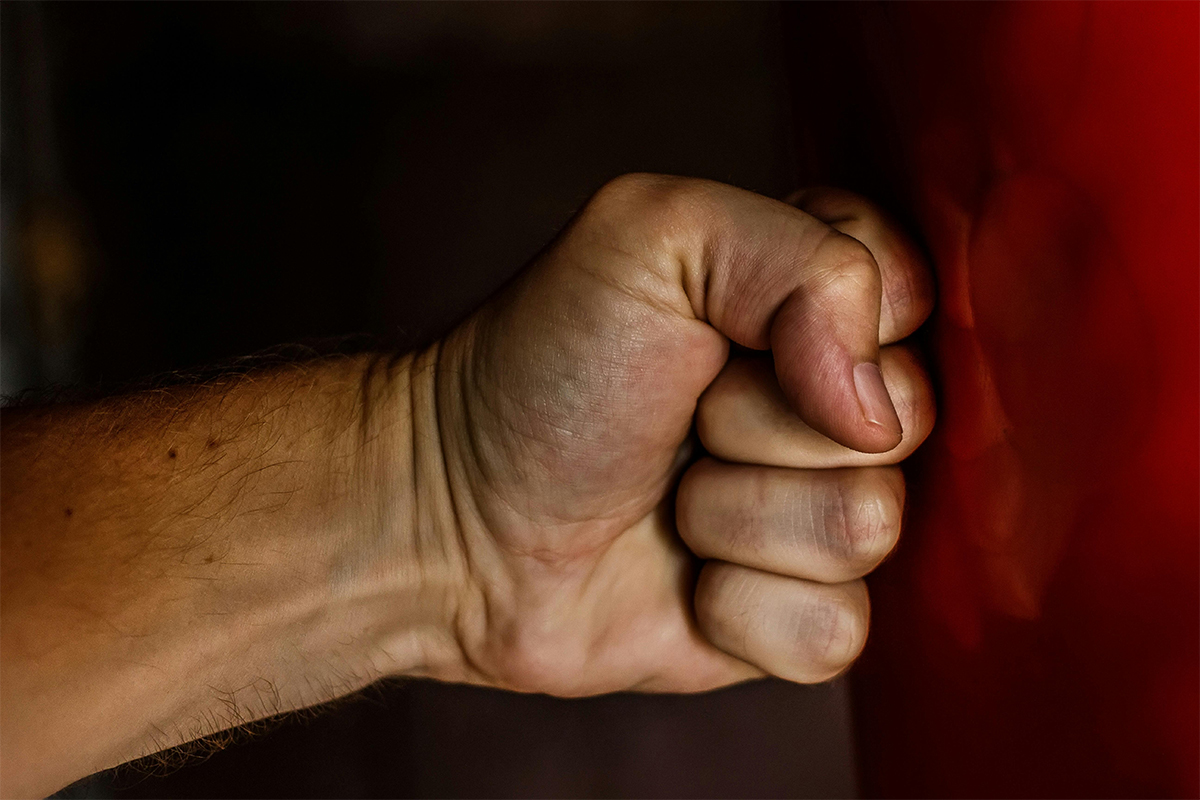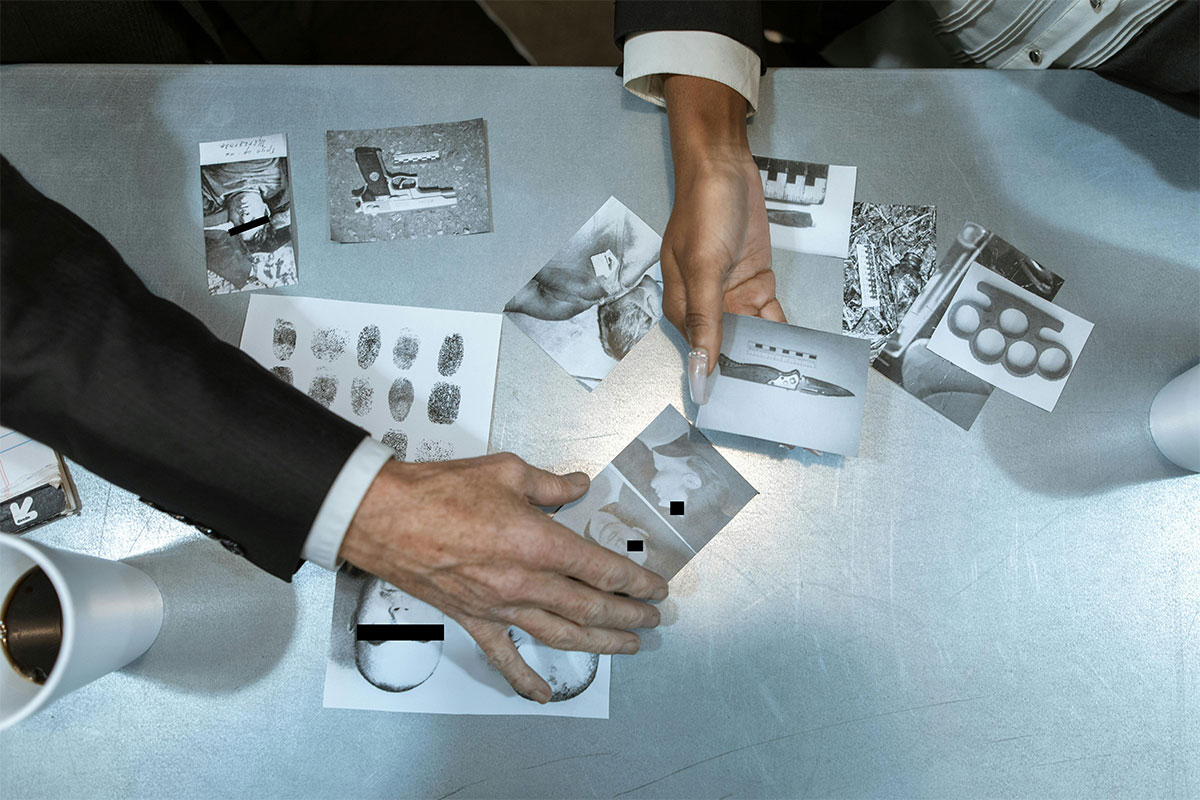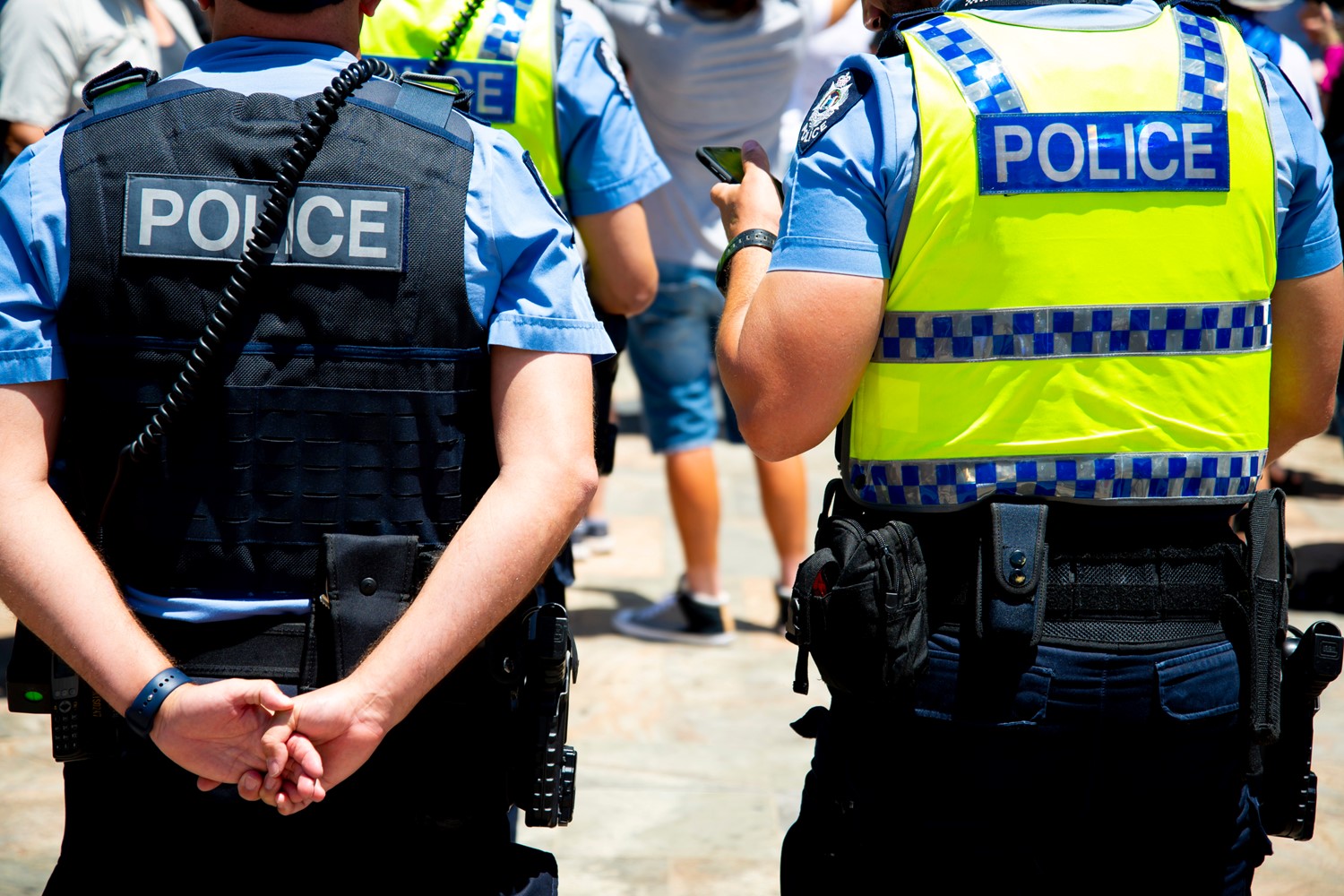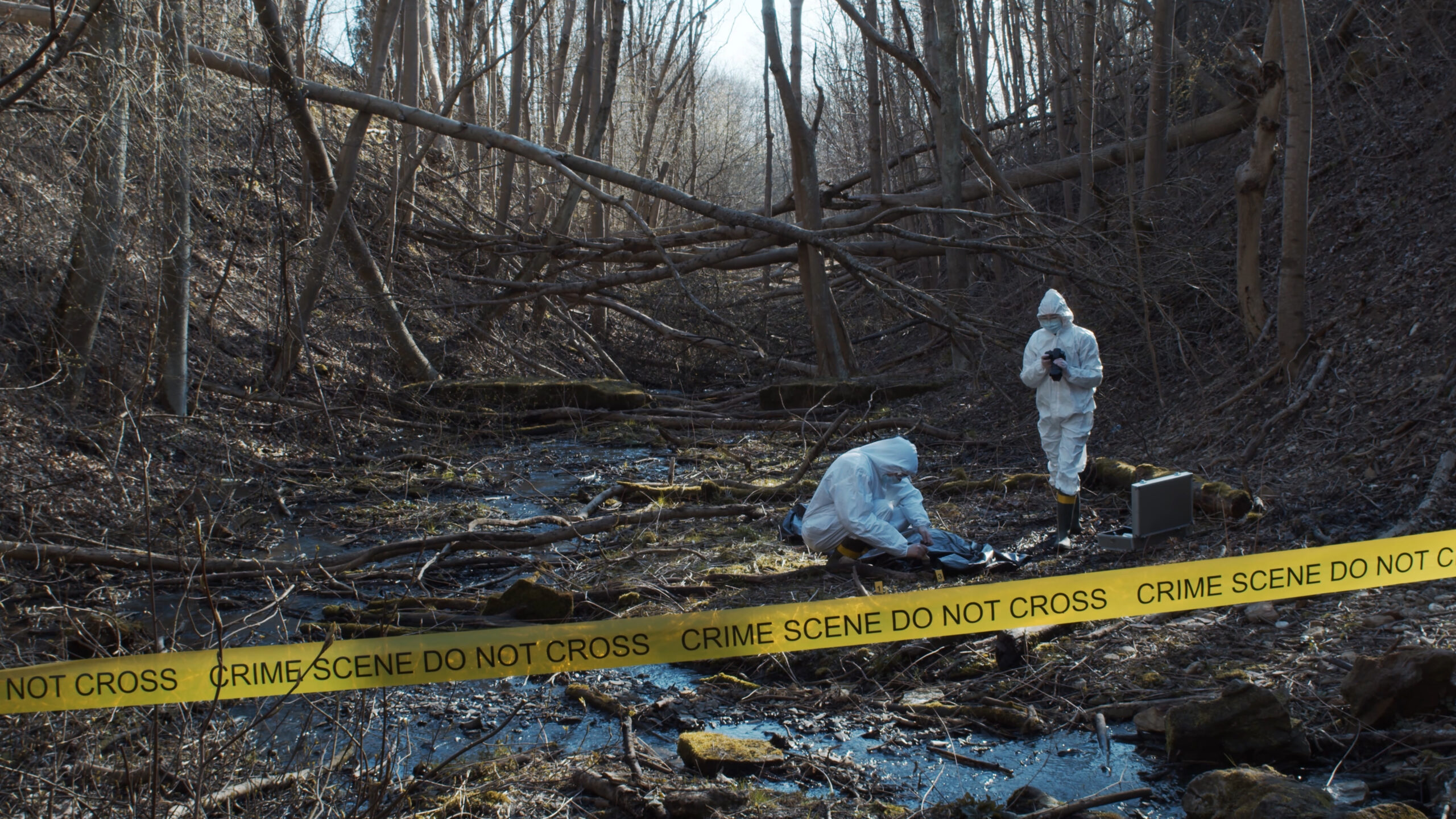Table of Contents
Regardless of whether you’re on the defence or the prosecution side of a trial court, got the help of a Perth criminal firm or asked for the best firm Brisbane criminal law and procedure UTS has to offer to defend you, or a part of the jury, you may want to know what happens during a criminal law sentencing. Knowing can help you better understand the things going on and have a better mindset on how to deal with the stress involved in a criminal case.
Criminal law sentencing is often the last part of a criminal procedure. A sentence is a punishment deemed and decided as a just consequence by the trial court to the defendant. Usually, a sentence can consist of a fine, imprisonment, and other sanctions that the law may recommend. The accused may receive a consecutive or concurrent sentence if they’re being tried for multiple crimes during sentencing.
After the trial
For a court to proceed to the sentencing process, these events must conspire first:
- The defendant has been found guilty by a Local, District, or Supreme Court magistrate or judge or jury
- The defendant pleaded guilty (1)
Typically, if any of those transpire, the current court session will be adjourned, and the sentencing will be done on the following or separate day. This allows the criminal law firms or the defence to have the time to collect evidence and make arguments to help lower or lighten the sentence that will be given to the defendant.
The roles of the different parties
The defence may typically focus on collecting statements from family members, friends, acquaintances, and associates as evidence to help them build and establish the defendant’s character and paint them in a better light. In some cases, the defence may rely on psychological or psychiatric reports in lieu or in addition to the statements.
Of course, the prosecution can also take advantage of this break to formulate counterarguments to the pieces of evidence and arguments that the defence will put forward on the day of sentencing. It’ll often dig up and present information about prior convictions and criminal records, if available, to counter the defence.
However, most of the time, the prosecution will primarily help the court by providing information about relevant statistics and applicable law on the case and sentence. This is mainly to ensure that the guilty party will go through the maximum extent of the law.
On the other hand, the community and offender services are already involved in the sentencing even if the court hasn’t yet given the sentence. They’re given a pre-sentence report that allows them to get to know the guilty and their background. The report also contains all the possible sentencing options that the guilty may receive and the services they may need to give.
Lastly, magistrates or judges have the final say on sentencing procedures. They are the ones who’ll decide on the sentence that the guilty party may receive after all. During the sentencing, they’ll be in court and allow the defence to offer their pieces of evidence and arguments regarding the sentence. Of course, the prosecution is given time to provide counterevidence and arguments to the defence’s claims.
The final order
After hearing everything, judges will decide the sentence that’ll be given. Of course, they also need to consider some factors in the trial. After all, they must follow the sentencing principles, which are the following:
- Proportionality: The offence of the offender must match the punishment.
- Parity: The offender should receive similar sentences to similar offenders with the same crimes.
- Parsimony: The punishment must be just and only there to mete out the offender’s offending behaviour.
- Totality: The total severity of the punishment given to the offender must be just if said offender performed multiple offences. (2)
Also, it should be noted that judges give sentences with these goals in mind:
- Deterrence: Prevent other people and the offenders from committing the same offence.
- Rehabilitation: Rehabilitate the offenders to ensure they will not repeat the offence.
- Denunciate: Let people know that the offence is not tolerated.
- Justice: Allow people and offenders understand that the sentence is just.
- Protection: Protect the community and other citizens from the offenders. (2)
Most of the time, judges offer reductions on sentences when the defendant pleads guilty early in the trial.
Some states may have different ways to handle guilty pleas. In Victoria, they are required to tell the guilty party what could have been the sentence if the defendant didn’t plead guilty. Aside from that, the process may be a bit different in local and higher courts. (3)
The judges will also give a few remarks regarding the decision, and the court will be finally adjourned. The trial will be entirely over.
Conclusion
Criminal law sentencing the most crucial moment in every case as the guilty party will need to face the consequences and for the victims to receive justice. Any UTS criminal law and procedure handbook can provide information on Criminal Law and Procedure. But it helps to have an idea through the discussion above and even better to ensure your criminal lawyers provides you with all the information you need.
References:




































































